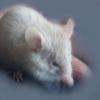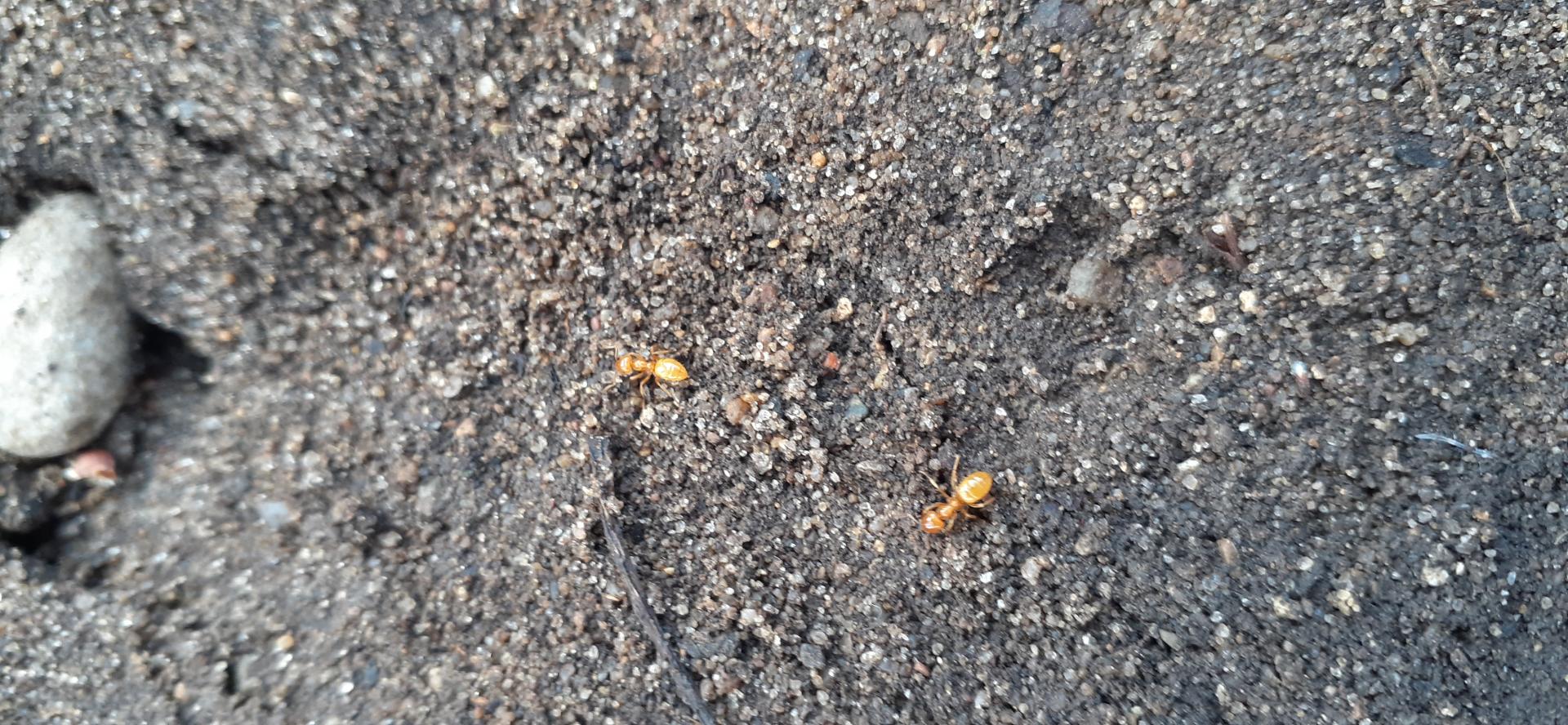Apologies that I cannot provide some of the information, but this is actually a wild colony that lives in my front yard rather than a queen I've collected. I found this species coming out of a small hole underneath a flat decorative stone (I routinely lift the stones for a moment to see what cool stuff is underneath). I've never seen ants like them! Not black, not even red, but yellow, and a somewhat unusual shape compared to the pavement and field ants I'm used to seeing.
1. Location (on a map) of collection: SW Michigan USA, Kalamazoo county
2. Date of collection: 7 April 2021 (not collected, just photographed)
3. Habitat of collection: relatively packed earth, one small exit hole visible but presumably there are others, observed hole and ants under a flat rock in the soil going in and out of the hole
4. Length (from head to gaster): Could not measure but guesstimate is about a quarter-inch long, they are larger than pavement ants but smaller than field ants, kinda squat little friends with a sorta blocky triangle shape going instead of the skinny sphere thing the field ladies exhibit, or the tiny speck look the pavement friends have going
5. Color, hue, pattern and texture: a rich yellow with perhaps a bit of an orange or tan undertone. Did not touch but look quite smooth. Did not see under magnification, unsure if hairy on closer inspection.
6. Distinguishing characteristics: unusual (for my yard) color, kind of squat shape
7. Distinguishing behavior: do not see them in the grass/moss or on the driveway often (maybe once in a great while) the way I do the field ants, mostly only observed under this stone
8. Nest description: hole in packed but not hard earth underneath a flat stone
9. Nuptial flight time and date: no earthly idea
They're really cute little dudes! I wish I could find a queen.


















